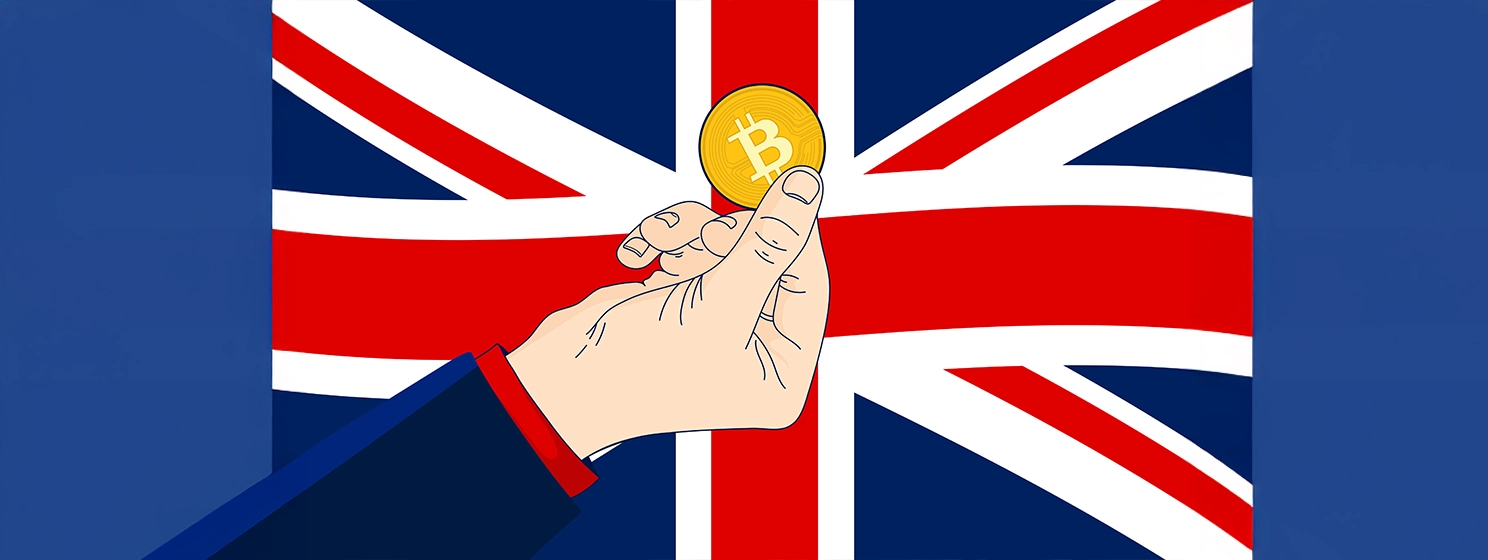India is struggling to raise public support for its central bank digital currency (CBDC), or the e-rupee, as usage has dropped in both the retail and wholesale segments.
A retail CBDC is used by the general public, while a wholesale CBDC is used for transactions between banks and other financial institutions.
The Reserve Bank of India (RBI) had successfully hit 1 million daily transactions for its retail CBDC pilot by December 2023, after banks were told to offer incentives to users and a portion of bank employees’ salaries were paid using the e-rupee. However, daily transactions for retail CBDC have now fallen to about 100,000, a Reuters report said, quoting sources it did not identify.
Currently, transactions are continuing as banks are disbursing benefits to employees using the e-rupee, which has managed to lift transactions to about 250,000 to 300,000 per day at the end of each month, the report stated.
The RBI started its first digital rupee pilot in the wholesale segment on November 1, 2022, while the retail digital rupee pilot began on December 1, 2022.
In March 2024, RBI Governor Shaktikanta Das said that India had about 4.3 million retail users of CBDC, while an additional 400,000 merchants were also using the e-rupee.
According to a PwC report, “Central banks don’t intend to use CBDCs for monetary policy operations as making CBDCs interest bearing carries several risks such as cannibalising other short-term investment vehicles. Such a move could lead to adverse effects on the economic structure, such as shifting of deposits from banks to CBDC tokens.”
UPI vs. CBDC
One of the reasons why the RBI is struggling with pushing popularity for the e-rupee is the wide success of India’s Unified Payments Interface (UPI), a popular instant payment system that facilitates inter-bank peer-to-peer and person-to-merchant transactions. Launched in 2016, UPI has become popular as a single mobile application for accessing different bank accounts, processing over 13 billion monthly transactions.
“While the number of [CBDC] transactions have reached a high of 1 million a day, we still see preference for UPI among the retail users. We, of course, hope that this will change going forward,” Das said in May.
“We have leveraged the existing merchant infrastructure on the UPI to facilitate CBDC transactions. We have also enabled interoperability of CBDC with UPI,” Das added.
The central bank also met major stakeholders in the UPI ecosystem—including banks, the National Payments Corporation of India (NPCI), third-party application providers and technology service providers—to discuss potential strategies for expanding the reach of UPI.
E-rupee use cases
RBI’s e-rupee is based on blockchain technology. The central bank is currently more focused on testing the technology and developing use cases for the digital currency.
To that end, the RBI has said it is looking to enable additional functionalities of programmability and offline capability in CBDC retail payments. While programmability is expected to facilitate transactions for specific and targeted purposes, offline functionality will allow transactions in areas with poor or limited internet connectivity.
The central bank has also started discussions with the Hong Kong Monetary Authority (HKMA), the U.S. Federal Reserve and the international payment platform SWIFT to explore cross-border payments for CBDCs. The RBI said it is also looking to introduce the digital rupee in the call money market and plans to use CBDCs as tokens for call money settlement.
Among other initiatives, the RBI said it is exploring the possibility of using the e-rupee in commercial papers (CPs) and certificates of deposits (CDs) on a trial basis. CPs are short-term debt instruments issued by companies to raise funds, while CDs are fixed-income investment instruments that can be taken out by investors from financial institutions and commercial banks.
The central bank also announced plans to make its e-rupee accessible to more retail users by including non-bank payment system operators to offer CBDC wallets. The move is expected to test how resilient India’s CBDC platform is in handling multi-channel transactions.
Watch: Exploring use cases for blockchain in India

 12-21-2025
12-21-2025 




